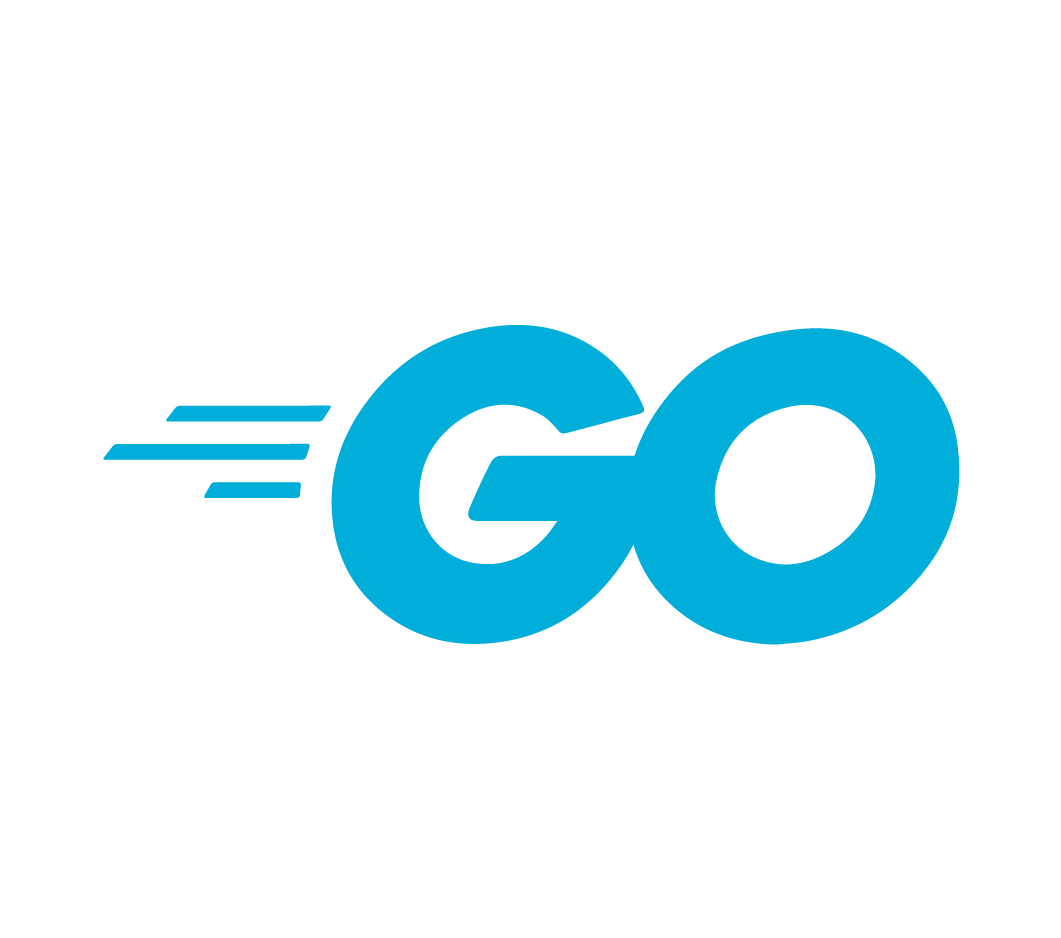The Future of Go: Why This Language is Here to Stay Link to heading
Programming languages come and go, but some manage to create a lasting impact. One such language is Go, also known as Golang. Developed by Google, Go has garnered a significant following since its inception in 2009. With its unique combination of simplicity, efficiency, and robust performance, Go is poised to remain a key player in the programming world.
A Brief History of Go Link to heading
Go was created to address the limitations of other programming languages that Google engineers were experiencing. The designers—Robert Griesemer, Rob Pike, and Ken Thompson—set out to develop a language that could handle large-scale software development with ease. The result was Go, a statically typed, compiled language that has been embraced by developers for its clean syntax and efficient execution.
Key Features Link to heading
Simplicity and Readability Link to heading
One of Go’s most celebrated features is its simplicity. Unlike languages that can become overly complex and difficult to read, Go emphasizes clarity and simplicity. This makes it an excellent choice for both new programmers and seasoned developers.
package main
import "fmt"
func main() {
fmt.Println("Hello, World!")
}
This simple “Hello, World!” program showcases Go’s straightforward nature. The syntax is clean, and the language avoids unnecessary complexity.
Concurrency Link to heading
Concurrency is another area where Go excels. Go’s goroutines make it easy to write concurrent code, which is essential for modern applications that need to handle multiple tasks simultaneously. Goroutines are lightweight and managed by the Go runtime, making them an efficient way to achieve concurrency.
package main
import (
"fmt"
"time"
)
func say(s string) {
for i := 0; i < 5; i++ {
time.Sleep(100 * time.Millisecond)
fmt.Println(s)
}
}
func main() {
go say("world")
say("hello")
}
In the example above, the say function runs concurrently with the main function, demonstrating Go’s powerful concurrency capabilities.
Performance Link to heading
Go is a compiled language, which means it translates code directly into machine language before execution. This results in fast execution speeds, making Go a suitable choice for performance-critical applications. Additionally, Go’s garbage collector is designed to minimize pause times, ensuring smooth operation.
Robust Standard Library Link to heading
Go comes with a rich standard library that supports a wide range of functionalities. From web servers to cryptography, the standard library provides tools that are essential for modern development.
Real-World Applications Link to heading
Go is used by some of the world’s largest tech companies, including Google, Uber, and Dropbox. Its efficiency and scalability make it an ideal choice for cloud services, microservices, and distributed systems.
Case Study: Docker Link to heading
One of the most notable success stories of Go is Docker, the platform that revolutionized containerization. Docker’s creators chose Go for its simplicity and concurrency support, and it has played a pivotal role in Docker’s success.
The Community and Ecosystem Link to heading
The Go community is vibrant and growing. Conferences, meetups, and online forums provide ample opportunities for developers to learn, share, and collaborate. The ecosystem also includes a plethora of third-party libraries and tools that extend Go’s capabilities.
Conclusion Link to heading
Go is not just a trend; it’s a robust, efficient, and scalable programming language that has proven its worth in real-world applications. Its simplicity, performance, and concurrency support make it a compelling choice for developers. As the tech industry continues to evolve, Go is well-positioned to remain a significant player in the programming landscape.
For more in-depth information on Go, you can refer to the official documentation and other resources available online.
